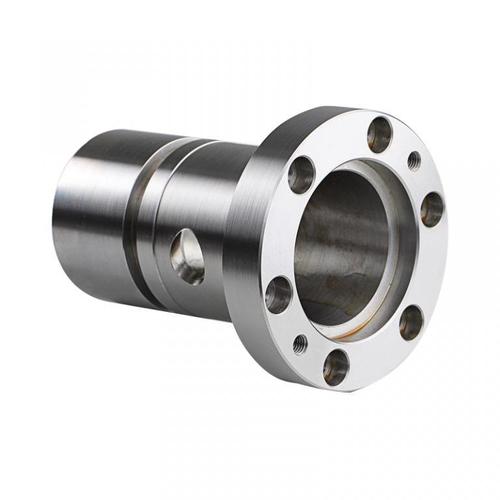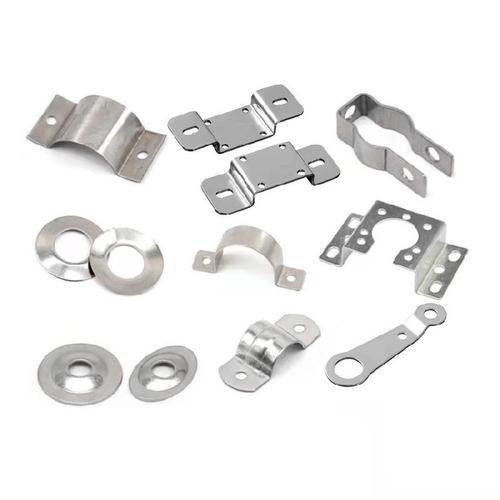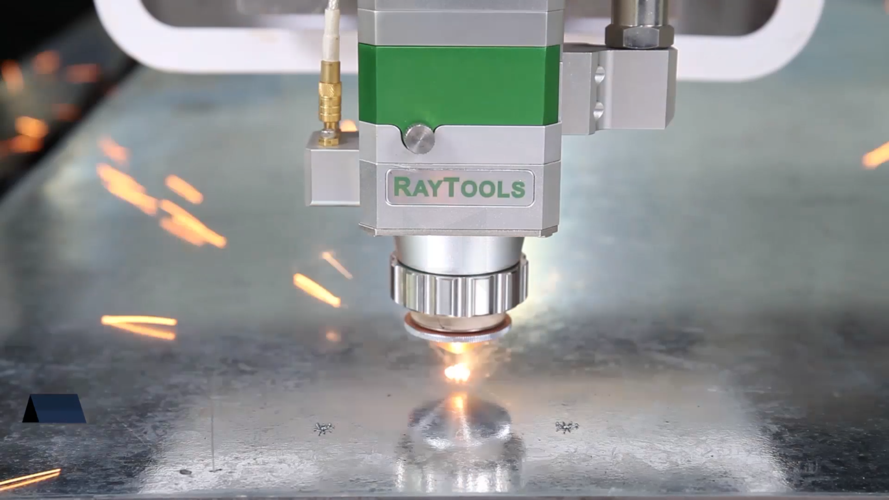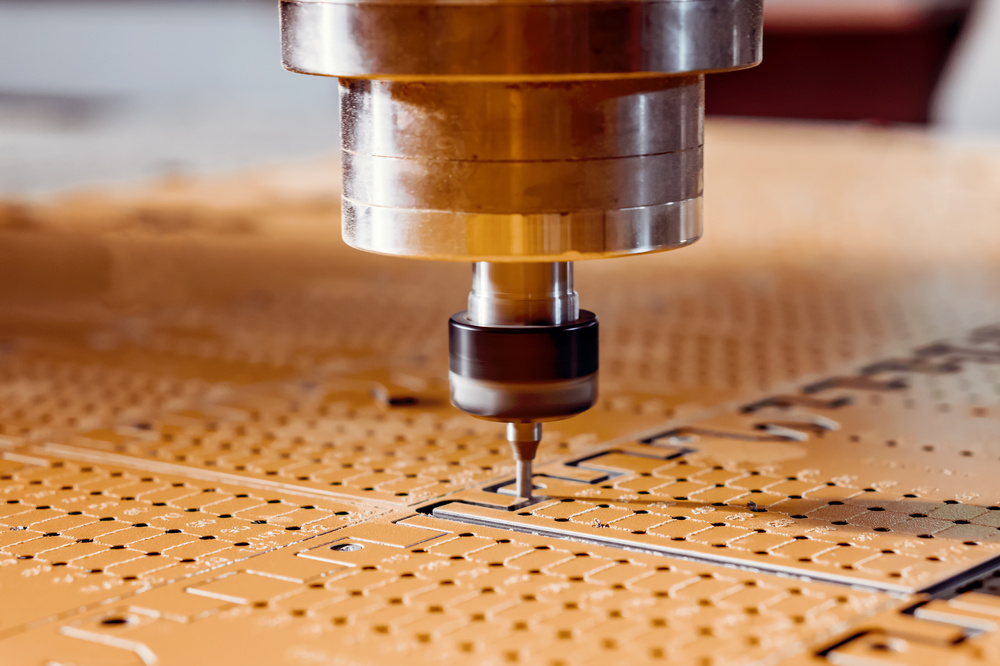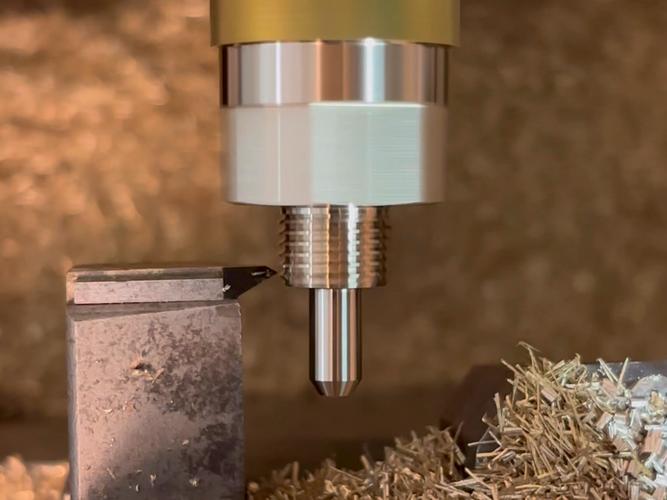The time to manufacture a plastic injection mold typically ranges from 2 to 8 weeks for simple designs, while complex molds can take 3 to 6 months or longer. The timeline depends on factors like mold complexity, material, cavity count, and production processes.
What factors affect the production timeline?
- Mold complexity:
-
- Simple molds: Basic designs with single cavities, no undercuts, and uniform wall thickness (e.g., molds for plastic lids or small containers) take 2–4 weeks. They require minimal machining and no complex mechanisms like slides or lifters.
-
- Moderate complexity: Molds with minor details (e.g., shallow grooves, logos) or 2–4 cavities may take 4–8 weeks. These require more precise machining but still avoid intricate features.
-
- Complex molds: Multi-cavity designs with undercuts, tight tolerances (±0.001 inches), or specialized cooling systems (e.g., for medical or aerospace parts) can take 8–16 weeks or longer. They often need custom components and rigorous testing.
- Mold material:
-
- Aluminum molds: Faster to machine than steel due to aluminum’s softer texture. Simple aluminum molds take 2–4 weeks, as they require less time for cutting, grinding, and polishing.
-
- Steel molds: Harder steel (e.g., P20, H13) demands slower machining to maintain precision. Even simple steel molds take 4–6 weeks, while high-strength steel molds for high-volume production may need 8+ weeks.
- Design and prototyping:
-
- If the part design is finalized and validated, mold production starts immediately. However, design revisions (e.g., adjusting wall thickness or adding features) can add 1–4 weeks.
-
- Prototyping (e.g., using 3D-printed mold inserts to test part fit) adds 1–2 weeks but reduces the risk of costly errors later.
- Machining processes:
-
- Basic molds rely on standard CNC milling and turning, which are fast.
-
- Complex molds may require advanced processes like EDM (Electrical Discharge Machining) for tight tolerances or wire cutting for intricate shapes, adding 1–3 weeks.
- Supplier capacity:
-
- Molds from busy manufacturers may face delays of 1–2 weeks due to backlogs. Smaller shops with lower volume often deliver faster but may lack capacity for large molds.
What steps contribute to the timeline?
Mold production follows a sequential process, each adding to the total time:
- Design and engineering: 3–7 days (for simple molds) to finalize 3D models, simulate mold flow, and confirm cooling channel placement.
- Material procurement: 1–3 days for aluminum or standard steel; up to 1 week for specialty alloys.
- Machining: 1–4 weeks (aluminum) or 3–8 weeks (steel), including rough cutting, finishing, and polishing.
- Assembly and testing: 1–2 weeks to install components (e.g., ejector pins, cooling lines), test for leaks, and validate dimensional accuracy.
Can the timeline be shortened?
Yes, with strategic choices:
- Use aluminum for low-volume needs: Aluminum’s faster machining cuts production time by 30–50% compared to steel.
- Simplify the design: Remove non-essential features (e.g., decorative textures) to reduce machining steps.
- Pre-approve designs: Avoid revisions by validating part designs with 3D printing or CNC prototyping before mold production.
- Choose a local supplier: Reduces shipping delays for materials or samples, and enables faster communication for adjustments.
- Rush services: Some manufacturers offer expedited production (e.g., 1–2 weeks for simple aluminum molds) at a 20–50% premium, using overtime shifts or prioritized machine time.
Why is rushing not always advisable?
Accelerating production can compromise quality. Rushed machining may lead to poor surface finishes, misaligned components, or inadequate cooling—issues that cause defects in the final parts and require costly rework. For critical applications (e.g., medical devices), skipping testing steps to save time can result in mold failure.
Conclusion
A simple plastic injection mold takes 2–8 weeks to make, with aluminum molds and basic designs at the faster end. Complexity, material, and design readiness are the biggest timeline drivers. While shortcuts exist, balancing speed with quality ensures the mold performs reliably in production. For most projects, planning 4–6 weeks for a simple mold (or 8+ weeks for moderate complexity) allows for thorough manufacturing and testing.


